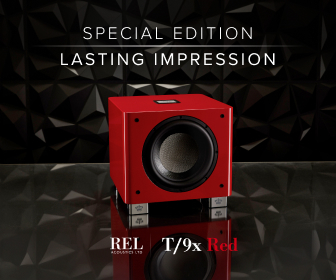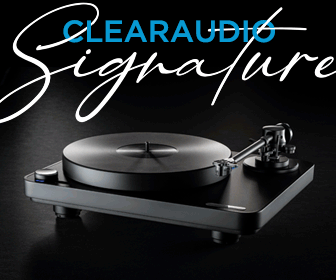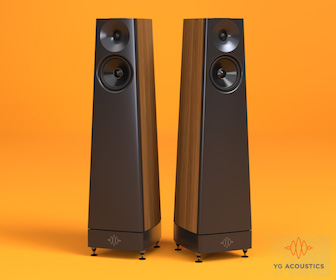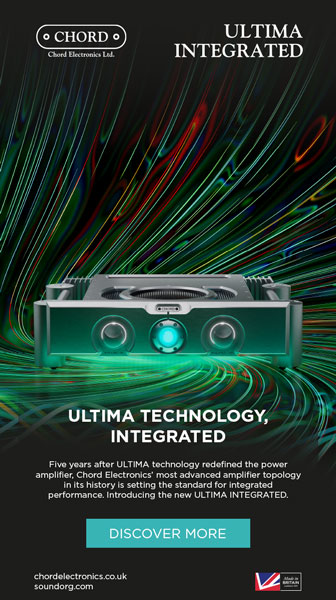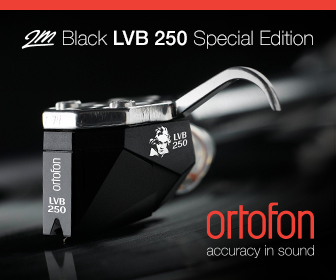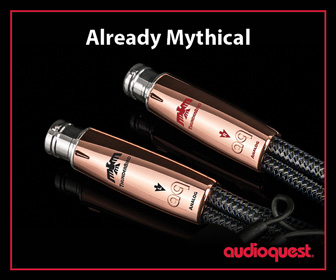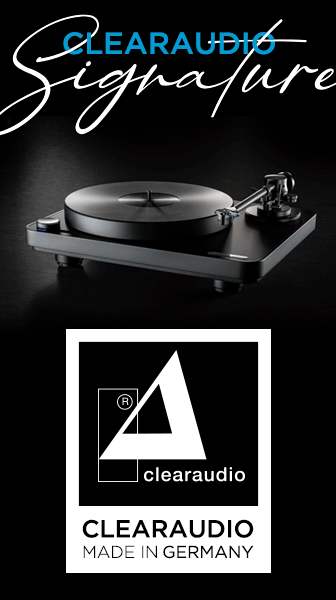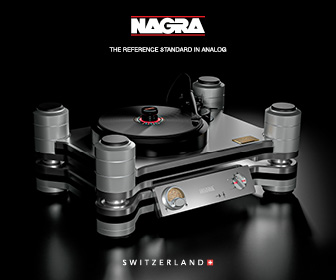Record Doctor X Keeps It Clean and Comes Out Swinging
Pangea Audio's latest version of its RCM proves to be a winner especially at $599.95
Maintenance is really the most important part of owning anything you’ve invested in, isn’t it? Whether it’s a house, a car, a nice watch, some decent wine, whatever it might be, it’s important to keep it well-maintained, otherwise, that wonderful item can quickly turn into trash. This is especially true in the hi-fi and record collecting world. Everything requires a bit of upkeep and the more a user gives thought and effort to maintenance, the more joy and financial value they’ll reap from their purchases.
Records are wonderful, but they do get dirty and - of course - this affects playback. While record cleaning machines of all types have existed for several decades, there’s plenty of debate and speculation on what method is the best. Ask five different collectors what their favorite mode of cleaning is and you’re likely to get five different results (some may not clean them at all!). It’s a very personal decision. As for me, I’m a long-time Spin-Clean fan, I find the no-nonsense method of dunking and hand drying to have served me well over many years of cleaning records that were both filthy and just barely dirty.
Fortunately, I’ve had the occasion to try out some of the newest, most expensive methods of record cleaning with Michael Fremer. But, in my budget and for my needs, the Spin-Clean does the job for most discs. However, Pangea Audio was kind enough to give me the opportunity to test out the new Record Doctor X and here we are. It’s a unit I’ve considered purchasing in the past and its features compliment what I can achieve with the Spin-Clean, but offers the vacuum option that I feel is an important part of the cleaning process and one that I miss not having as part of my regular routine.
If you’ve experienced a Record Doctor device in the past, you’ll want to know about the features on this newest unit. The bi-directional direct drive design of this speed-optimized, high torque motor eliminates the need for gears which is said to simplify the mechanism and enhance its reliability. This design is built to provide steady torque output.
Fit and finish on the unit is excellent. Wrapped in a sharp looking carbon exterior (it also comes in gloss black), the Record Doctor X is poised to be an RCM that doesn’t stand out in a well-designed and furnished audio listening area. It’s sleek and simple and - in fact - from afar, it looks like just another piece of audio equipment. The dust cover (an optional $29.95 add-on) is quite thin and inexpensively made, but it’s a nice thought to keep your cleaner as clean as you hope your records will be.
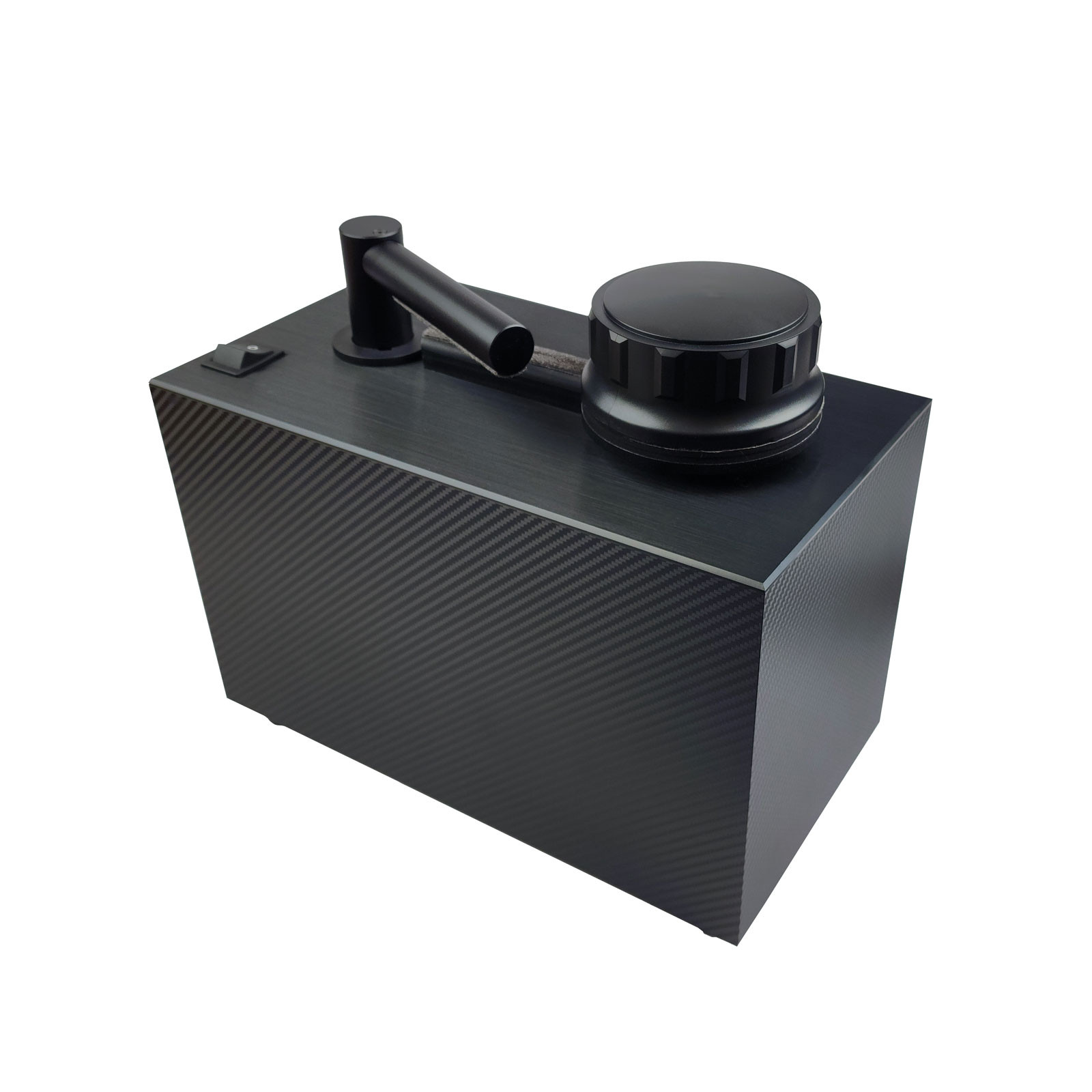 This unit shipped with a bottle of formula that is concentrated. Keep this in mind as the company offers two different versions of the formula: one that is concentrated and one that is premixed. I don’t know if there are any effects from using the concentrated solution on a record before mixing it with the prescribed ratio of water, but - whoops - I’m sure I’ll find out soon. Read the labels carefully, gang! (Record Dr’s fluid is 99% distilled water, mixed with the Record Dr concentrate, which is a non-foaming, alcohol free commercial detergent mixed it in-house).
This unit shipped with a bottle of formula that is concentrated. Keep this in mind as the company offers two different versions of the formula: one that is concentrated and one that is premixed. I don’t know if there are any effects from using the concentrated solution on a record before mixing it with the prescribed ratio of water, but - whoops - I’m sure I’ll find out soon. Read the labels carefully, gang! (Record Dr’s fluid is 99% distilled water, mixed with the Record Dr concentrate, which is a non-foaming, alcohol free commercial detergent mixed it in-house).
Also, included is a goat hair brush that the company would like users to implement for spreading the solution across the record. The brush is made very well, and I thought that it would be great to use just for removing dust or conducting a quick dry clean before a spin. There is also a clamp which holds the record in place, particularly during the vacuuming process: The clamp, designed to accommodate records of all sizes, is equipped with a protective gasket. This gasket effectively prevents any fluid from seeping onto the label during the record cleaning process thereby preventing damage to the label.
The basic steps for cleaning a record with this unit are as follows: place a record on the spindle and drizzle on a thin line of fluid. Well, that’s what the instructions direct, however, I found myself using just a bit more fluid than one solitary line. Once you spread the fluid on the disc, you flip a rocker switch that will turn the disc, clockwise or counterclockwise. In my use, I allowed the disk to spin three ways in both directions, while brushing the fluid as thoroughly as I could over – and hopefully into – the record’s grooves.
Once both sides of the record are sufficiently covered with the cleaning solution, it’s time to remove it. The Record Doctor X sucks fluid from the record's surface simultaneously from both sides. There is a suction area on the bottom, and a removable arm that serves as suction on the top. At this time, a user will place the suction arm over the top of the disk. Also, this is the moment to screw on the clamp that holds the record in place. When everything is in place, it’s time to let her rip and turn on that vacuum. After the first revolution, it’s clear to see that most of the solution on the record will have been removed, but the instructions suggest allowing the disc to make 2 to 3 revolutions in either direction. The suction areas are protected with a soft gray felt-like material, that according to the publicist is peel off, stick on replaceable.
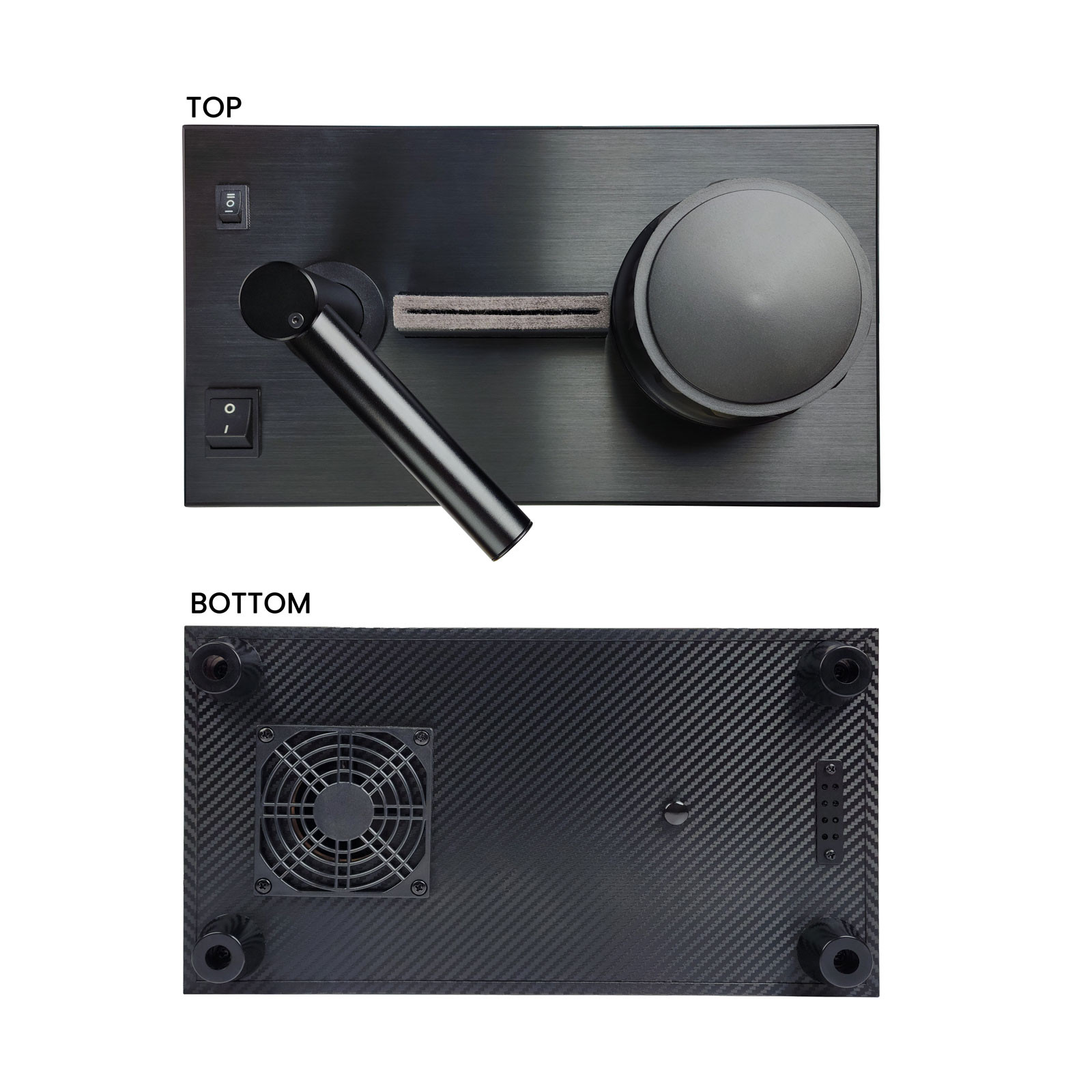 It’s easy to observe the first revolution because you’ll notice where the dry area of the disc is. However, this user experienced a little trouble visually identifying how many revolutions the record took, after all the label is obscured during the process, so there’s no real visual aid to gauge the disc’s journey. A suggestion for future models might include a small white dot on the clamp so users can visually track the progress of the disc’s rotations. I just lightly rested my finger on the clamp and kept track in that manner.
It’s easy to observe the first revolution because you’ll notice where the dry area of the disc is. However, this user experienced a little trouble visually identifying how many revolutions the record took, after all the label is obscured during the process, so there’s no real visual aid to gauge the disc’s journey. A suggestion for future models might include a small white dot on the clamp so users can visually track the progress of the disc’s rotations. I just lightly rested my finger on the clamp and kept track in that manner.
I found that the records I cleaned were noticeably shiny and clean once they went through the process. Some of the grimiest smudges may have been left behind, but I would have expected those blemishes to require some serious elbow grease anyway. Discs that were quite dirty came out looking surprisingly sparkly and new. But how did they sound?
In my use, the cleaner did a better job of making the discs quieter than my other methods. There was also what I believe was a notable reduction in static electricity in both feel and sound. Pops and clicks remained on discs that had pops and clicks that weren’t related to the cleanliness of the disc, but - in my experience - each disc that ran through the Record Doctor X sounded better than before; backgrounds were darker and imaging perhaps more stable. Static electricity was also diminished.
Another benefit of the Record Doctor X is that it dutifully stands at the ready. If it’s kept in its own designated spot in your listening space, you can merely bring a new purchase to the cleaner and begin cleaning it. There’s not even a power button to press, just remove the unit’s protective cover and start doing your thing. This also allows for a listener to clean just one record. In my past cleaning routines, I’ve had to mentally prepare to clean several records at once so as to maximize the usage of the fluids, time, and accouterments involved. Again, the Record Doctor X is as easy as microwaving a bag of popcorn: just have your cleaning fluid and brush nearby and you’re in business.
The clean up is also as uncomplicated as it can be: simply walk away. While the instructions guide a user to drain the plug on the bottom of the unit every 20 records or so, in my experience with the unit, the fluid that was drained into whatever reservoir is located inside had evaporated by the time I’d cleaned that many records. Perhaps this is more of a concern for a marathon cleaning session which I did not engage in. When cleaning is done, merely leave the unit until you’re ready to use it again.
When I cleaned the first batch of records in my basement, I thought the sound of the vacuum was powerful yet reasonable for something that left behind no trace of moisture after passing through its suction area (to my naked eye, at least). After returning upstairs I thought I’d query my wife to see if she had heard the vacuum in another part of our home; I imagined that she’d perhaps thought I was chivalrously vacuuming a carpet in my listening area. However, she replied, “Hear it? I thought you were drilling something into the side of the house.” So, maybe the sound of the vacuum was a bit louder than I thought. Your mileage may vary. It’s something to consider in regard to your cohabitors.
There are, of course, a few caveats. The spindle that goes into the record hole is metallic and sharp: if you’re clumsy when placing your record on the spindle, you’ll be rewarded with a scratched label. A recommendation is to either cap the spindle with a rubberized/plastic piece or, as is done on most turntables, round off the top of the spindle so that it is less invasive to your record’s label. The spindle is also ridged like a screw because - well - it is a screw that the record/label protecting clamp screws onto. However, those ridges might also pose some damage to your record’s hole if you’re not careful. Again, these are concerns regarding your own care in using the Record Doctor X. Accidents happen anywhere, just be careful.
Time is money, of course, and so how long does it take to clean one record on the Record Doctor X? Well, like any dance step, the rhythm takes some getting used to. But once I had my mojo working, I found that the best I could do was 3:43. That included 12 revolutions of fluid (3 in each direction on both sides) and 6 revolutions of drying (3 in either direction). If I did a quicker clean - just 8 revolutions of fluid (2 in each direction on both sides) and 4 revolutions of drying (2 in either direction), I clocked in at 2:45.
Is all of the fluid that was driven deep into the grooves by the goat-hair brush removed by the unit’s powerful vacuum? I think so! It undoubtedly appeared dry and clean and - if there was residue left behind - I did not see it.
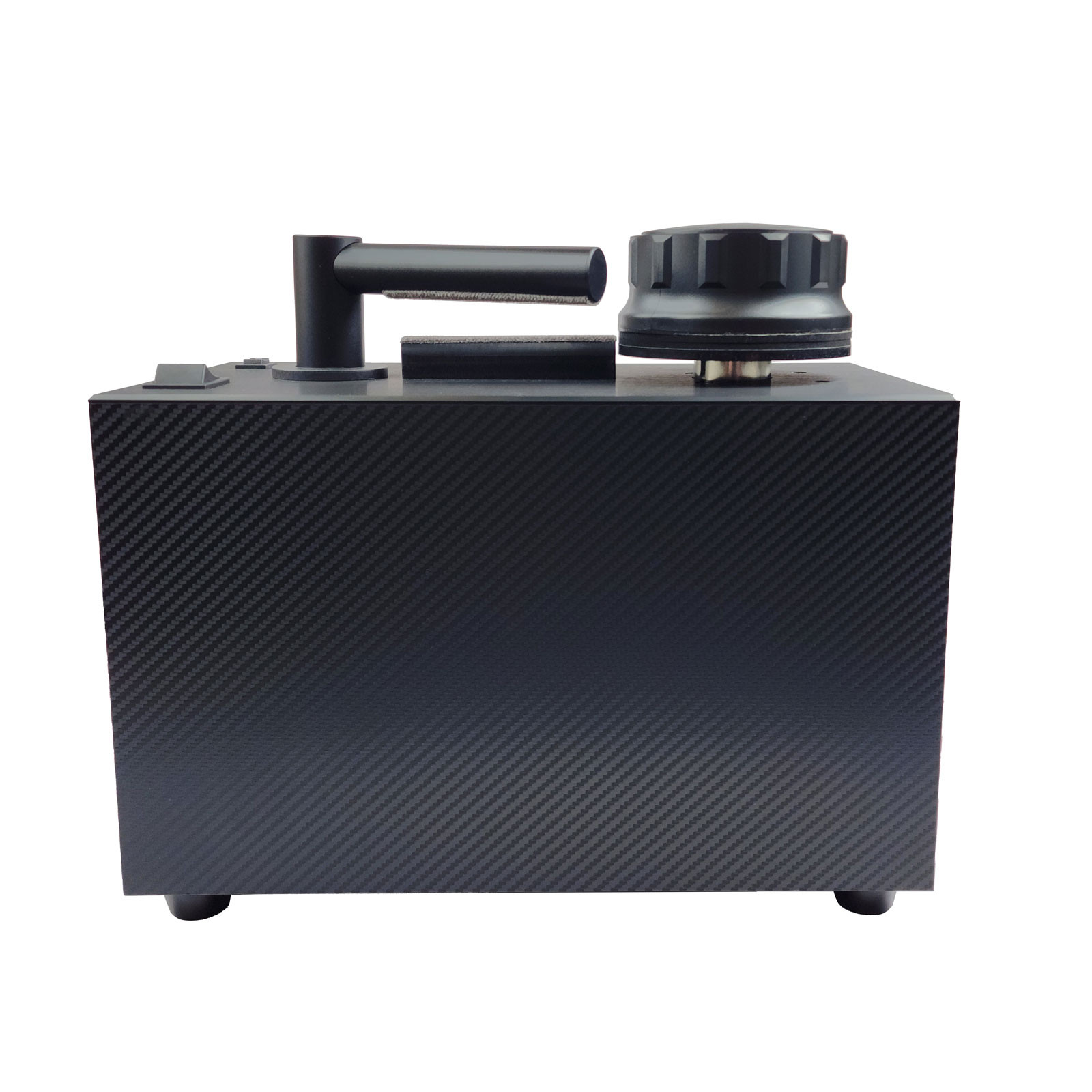 It occurs to me, of course, that the Record Doctor X also makes an ideal second step to a cleaning process. If one used the Spin-Clean to get rid of a disc’s deeper and dirtier dirt, then the Record Doctor X would serve as an excellent second phase ensuring that anything untoward was removed from the record’s grooves.
It occurs to me, of course, that the Record Doctor X also makes an ideal second step to a cleaning process. If one used the Spin-Clean to get rid of a disc’s deeper and dirtier dirt, then the Record Doctor X would serve as an excellent second phase ensuring that anything untoward was removed from the record’s grooves.
Again, there are as many cleaning methods as there are collectors, it’s all personal preference. After all, how often do you get your car washed? When do you think it’s time for the house to be painted? Do you get your car’s oil changed at the correct intervals? The answers to these questions depend on your habits (either good or bad) and - of course - on your budget.
For a serious (or, even semi-serious) collector, however, someone who’s invested time and treasure into their beloved hobby, it stands to reason that some process should exist in which records can be cleaned systematically and effectively. For listeners - like myself - who may have been content with a simpler approach to clearing their records, the Record Doctor X is a wise next step on that journey to cleanliness. If you’re looking to try something new, you might consider giving the Record Doctor X a shot and then, go check out that dryer vent; it’s been awhile, hasn’t it?
Specifications
Height: 8.66"
Width: 13"
Depth: 7"
Manufacturer Information
Product Features
Direct-drive, high-torque turning motor
Dual-sided operation cleans both LP sides at once
Bi-directional forward-reverse rotation cleaning motor
Forward / Reverse switch
High-performance vacuum motor – the most powerful in its class and beyond
Stain-resistant aluminum top
Includes Record Doctor Goat Hair Brush with two rows of natural, anti-static natural bristles
Includes full-size clamp with a protective gasket that protects the LP label from fluid during cleaning





